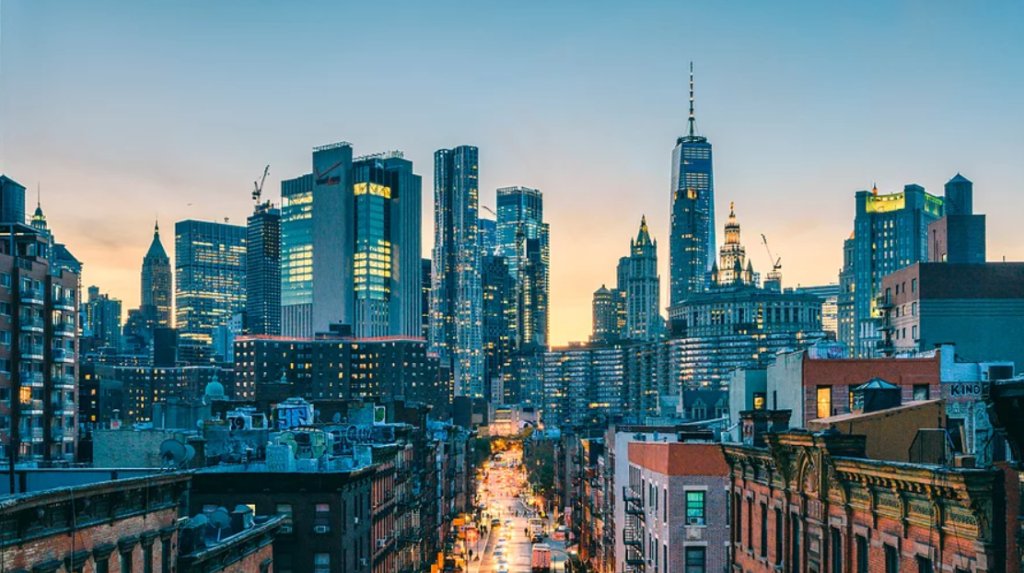[ad_1]
From Melbourne to Manchester to Miami, people are struggling under the weight of hefty price increases for the things they buy each day.
The worst spike in inflation that many advanced economies have seen in decades underscores the global forces driving prices higher, namely the disruptions set in motion by the coronavirus pandemic.
The stakes are high for policymakers around the world, who are facing similar problems. To try to get inflation under control, central bankers have rapidly raised interest rates, trying to slow their economies in hopes of cooling prices.
If they fail to bring inflation under control, it could result in a destabilizing period of spiraling prices. Higher and less predictable inflation would squeeze families and businesses and make it harder to plan for the future.
But if economic policymakers react too aggressively—and all at once—it could crimp global economic growth to a painful degree. That could raise the risk of a major recession that shutters businesses and puts people out of work. Given the potential cost, policymakers do not want to overdo it, harming their economies more than is necessary to bring down inflation.
Many central banks are approaching those trade-offs similarly: They are focused on fighting stubbornly high inflation. Officials fear that if they let inflation persist for too long, it could become entrenched and prove even more painful to stamp out.
The leaders of major central banks in North America, Europe and elsewhere have said recently that they expect to continue raising ratesas inflation is moderating but remains well above their typical target rates—which are often around 2 percent.
Officials at the US Federal Reserve have raised their policy rate to just above 5 percent from near zero in March 2022, and they forecast raising it two more times in 2023, to just above 5.5 percent. Policymakers at the European Central Bank, which sets policy for the 20 countries that use the euro, also expect to continue raising rateswhich have reached the highest level since 2001. The Bank of England recently surprised investors by raising rates more than expected with its 13th consecutive increase.
Inflation surged substantially in the United States in 2021 but has come down more quickly than in many parts of Europe. That\’s in part because Europe has more significant exposure to the effects of Russia\’s invasion of Ukraine, which has pushed up food and energy prices sharply.
But stripping out those volatile prices, so-called core inflation looks stubborn across many countries. That underscores the common problem facing policymakers: Slow-moving prices for services are climbing much more quickly than before the pandemic.
Prices for labor-intensive services like medical care and education tend to track wage gains and the strength of the overall economy. In short, they are the type of price increases that central banks can do something about by raising rates to slow down borrowing, curb spending and ultimately cool the economy.
At a recent gathering of central bankers, Jerome H. Powell, the Fed chair, said that for inflation in the services sector, such as hotels, restaurants and banks, \”we are not seeing a lot of progress yet.\”
Chart sources: FactSet (policy rates); Organization for Economic Cooperation and Development (inflation rates).
The map includes OECD members and selected major economies. The line charts show the most recent central bank policy target rates, and year-over-year changes in consumer price indexes as compiled by the OECD as of May. For Australia, the change in consumer prices is for the first quarter of the year.
Ashley Nelson contributedreporting.
[ad_2]

